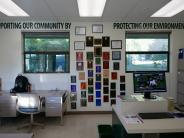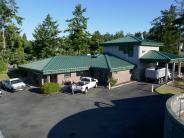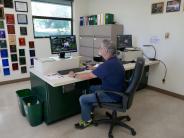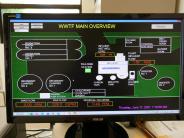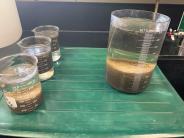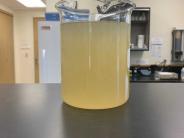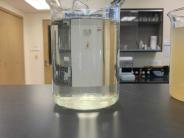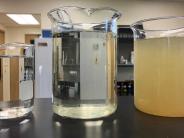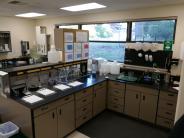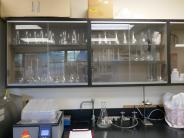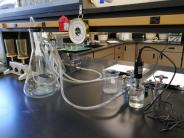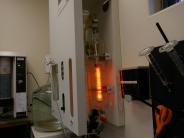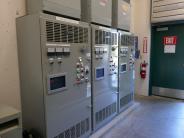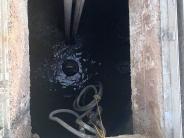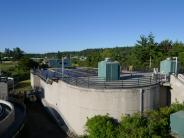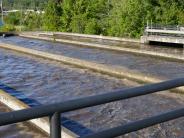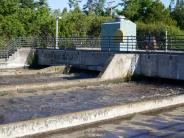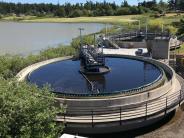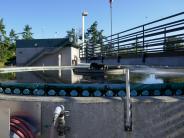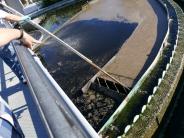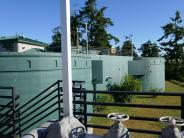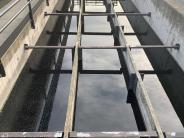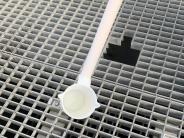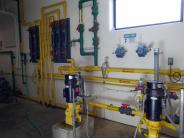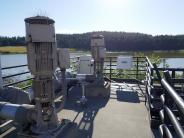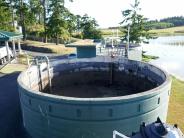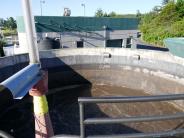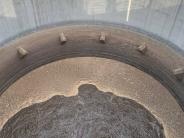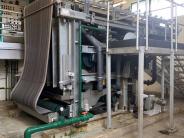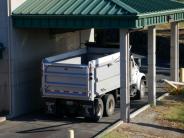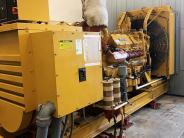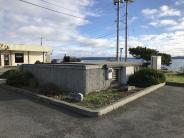Wastewater
General Sewer Plan Agency Review
Watch our video on Sewer System Investments!
Our Wastewater treatment plant is nestled on the shore of the Chinese Garden Lagoon in the North Beach neighborhood. The City’s wastewater division is responsible for wastewater collection and treatment. Each year the plant treats 286-million (800k daily) gallons of wastewater from homes and businesses which travel through underground pipes, to our wastewater treatment facility where the wastewater is treated by removing contaminants, solids, and harmful bacteria that meets all regulations from the Department of Ecology before being released into the Straits of Juan De Fuca. Routine activities include: bio-solids dewatering, laboratory sample collection, testing and analysis, process control, and regulatory reporting.
The City maintains more than 77 miles of sanitary sewer lines, has 120 manholes, 6 lift stations, and 3 emergency generators.
Wastewater Collection
Wastewater collection activities are performed to safely convey sewage from individual residences and buildings to the Wastewater Treatment Plant. At each building, sewage flows by gravity or is pumped by an on-site pump station to a gravity sewer main located in the city right-of-way. At the right-of-way, sewage flows by gravity until it enters a city pump station. The pump station pumps the sewage along to another pump station or to the Wastewater Treatment Plant.
Pump Stations
Lift stations are used to overcome elevation differentials in a collection system. They force sewage from a low elevation to a higher one through a force main. Larger lift stations are equipped with a backup generator providing instantaneous start-ups during power failures. Pumps force wastewater from the downtown area to a higher elevation where it eventually flows to the wastewater treatment facility.
Preventative Maintenance
City crews perform preventative maintenance that allows for optimal performance and is less expensive than emergency repairs. Properly operating sewer lines provide uninterrupted customer service and environmental protection from overflows. A comprehensive maintenance program includes numerous activities, such as:
- Visual inspections for cracks, corrosion, and damage
- TV the sewer lines for conditions, blockages, roots, and wear
- The introduction of expanding biodegradable foam to kill and inhibit root growth
- Jet washing and cutting to remove any growth, roots, grease, and gravel
- Lift stations are used to overcome elevation differentials in a collection system. They force sewage from a low elevation to a higher one through a force main. Larger lift stations are equipped with a backup generator providing instantaneous start-ups during power failures. Pumps force wastewater from the downtown area to a higher elevation where it eventually flows to the wastewater treatment facility.
Award-Winning Operations
The City’s Wastewater Treatment plant has been the recipient of the "Outstanding Performance Award" by the Washington State Department of Ecology for 25 consecutive years. The Wastewater Division is staffed with 3 full-time employees, who operate and maintain the treatment plant and sewage pump stations.
Read the City's 2023 Proclamation for Wastewater Treatment Day!
Report an Issue
If you have a wastewater/bio-solids issue you’d like to report, please visit our Report a Concern page and fill out the concern form.
The below photos show the process for wastewater treatment:
(hover over photo for a description)


